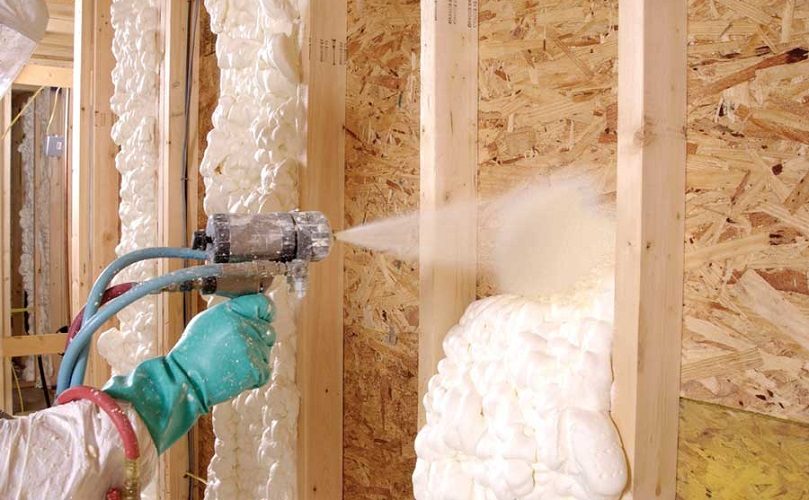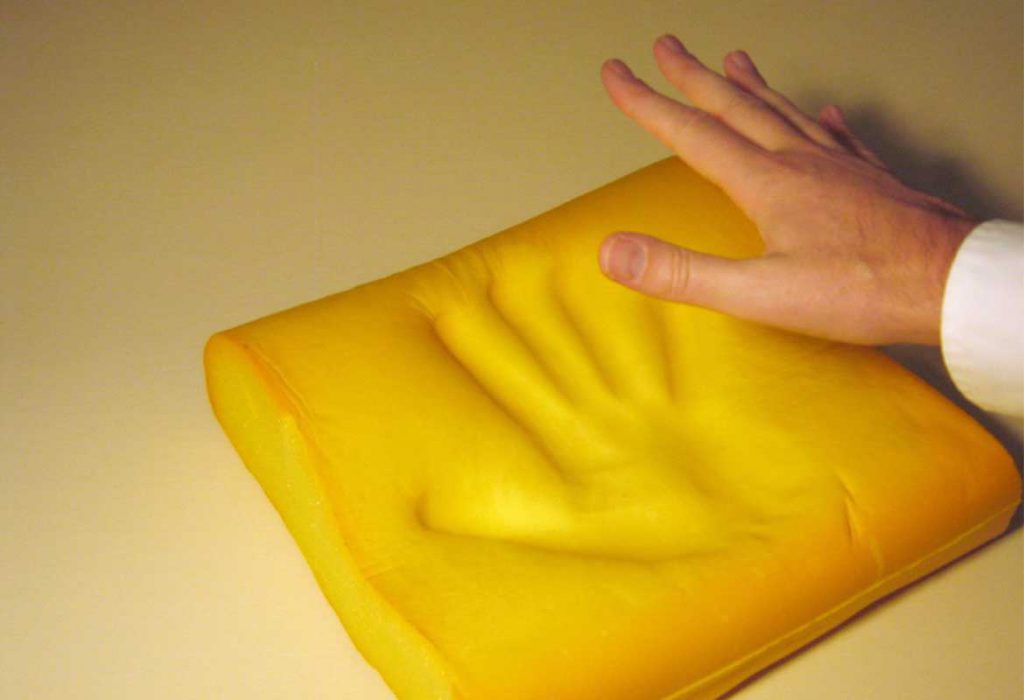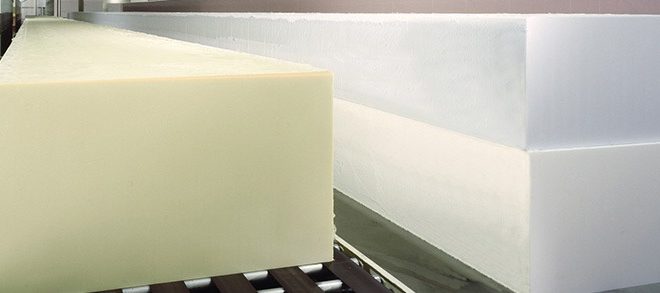Polyurethane foams
In general, polyurethane foams can be divided into three general categories: soft, semi-soft and hard foams
Soft foams
Soft polyurethane foams are open cell foams that air can easily pass through and their density is in the range of 93 cubic inches 3. In terms of physical and mechanical properties, they show better tensile strength and elongation.
These foams have excellent sound absorption properties and low heat conductivity and are well resistant to most solvents. If they are exposed to ultraviolet rays, they quickly lose their color. They also have weak resistance to strong acids and bases.
Semi-soft foams
In these foams, like soft foams, by changing the formulation, significant changes in hardness and other properties are obtained. Although these materials are water-absorbing, they do not absorb moisture
Hard foams
Hard polyurethane foams were used sparingly in sandwich structures in the 1940s, but in 1960 the actual development of production and consumption of hard polyurethane foams was intensified by the following two factors:
-Use of monofluorotherapy as a bloating agent
– The use of polymer MDI, which in addition to improving the properties, simplifies the process.
The thermal conductivity of hard polyurethane foams is lower than all other polymer foams, and this has led to the use of hard polyurethane foams for more insulation applications.
The physical process of foaming
When the components of the foam formulation are mixed together, chemical reactions begin at the same time, and after a short time, the color of the reacting system becomes dull. At this stage, the formation of gas bubbles is visible to the naked eye. After this step, the foam starts to rise. As the gas production process continues, the gas molecules produced from the liquid are transferred into the resulting cells. As this process continues, the number of cells decreases and their size increases.
Density of foams
One of the most important characteristics of foam is its density, which changes the physical properties of the foam. In molded foams, due to the constant volume of the mold, the density of the material depends on the amount of material that is poured into the mold. However, in non-molded or free foam production methods, various other parameters also affect the foam density. One of these parameters is the size and uniformity of the foam cell structure, which is controlled by the mixing and nucleation efficiency of the foam mixture.
Raw material temperature is another parameter affecting the density of foams. This temperature affects the foaming rate, polymerization rate and final reaction temperature. In general, the high temperature of the raw materials creates a relatively low density foam with a slight roughness.
Production capacity also affects the density of foam in two ways. Foams produced by small machines (for example, an output capacity of 50 kPa per minute) have a wider density distribution than similar foams produced by larger machines, so that in these foams the density of the foam center is higher than the average density of foam from It has more mixing.
It is also important to adjust the gel rate and the foam growth rate at the same time. The smallest changes in the balance of these velocities have a significant effect on the density and permeability of soft foams.
Atmospheric pressure changes also affect the density of the foam. The density of a foam with a certain formulation is directly related to the atmospheric pressure at the moment of production. These climate changes can be caused by changes in weather conditions or the change of seasons. “For example, in some factories affected by the atmosphere, despite using the same formulation, a 30% reduction in density has been observed.”
Reasons for choosing polyurethane foam as an effective and different material in the construction industry, contrary to popular belief that the maximum amount of energy is lost through doors and windows, more than 40% of energy loss of buildings through their shells and bodies. . The slightest defect in the building causes a change in temperature and air pressure, and can cause air infiltration and movement through the existing joints, thereby reducing the efficiency of the building system in terms of energy consumption. Along with the air, moisture can also enter the joints of the building and cause concerns about the health of the building. Polyurethane foam does not allow air to move and uncontrollable moisture to penetrate through the walls and creates a completely seamless and impenetrable shell for the building and can create a more comfortable environment inside the building.
It covers the joints and holes and is a very valuable protection against uncontrollable air intrusion, air blinds, moisture entering the walls and sound. Also, due to its lightness, it reduces the dead load of the building and has good adhesion, so it does not need any kind of fasteners, clamps or frames to stick to the desired location.
The initial investment for the use of polyurethane foam, in the long run in the form of low energy consumption, comfort, indoor air quality control, safety and high safety can be returned. Due to the structure of polyurethane foam, which is in the form of very close and compact cells (and as a result gives us the maximum thermal resistance of 1 per unit). Heating and cooling devices are also much more efficient and consume less fuel.
Polyurethane foam can also reduce the cost of building materials and equipment, so that less powerful heating-cooling equipment can be purchased. Also, polyurethane foam has the lowest thermal conductivity compared to other insulators.






